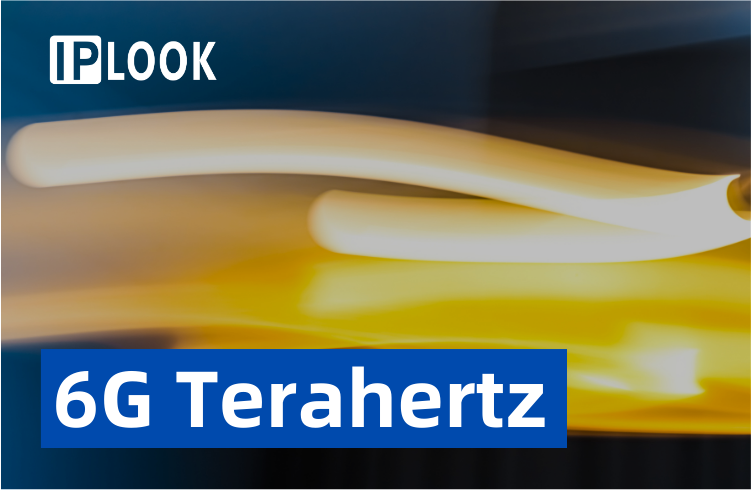
6G aims to support peak data rates up to 1 Tbps. This means that it needs bandwidths that are much wider than what is being used today for 4G LTE or 5G. Terahertz (THz) communication (100+GHz) is being researched to meet this requirement.
Terahertz communication technology uses electromagnetic waves in the terahercity frequency band (100 GHz to 10 THz) as communication carriers to realize wireless communication. Because the teraherz frequency band has ultra-large bandwidth spectrum resources that can be used to support ultra-high-speed wireless communication, the teraherz frequency band is considered to be an important air interface technology alternative for the terabits per second (Tbps) communication rate of 6G in the future, and is expected to be applied in scenarios such as holographic communication, micro-size communication, ultra-large capacity data backhaul, and short-distance ultra-high-speed transmission.
At the same time, using the characteristics of the ultra-large bandwidth of teraherz communication signals to carry out high-precision positioning and high-resolution perception imaging of network or terminal equipment is also the expansion direction of teraherz communication applications. The combination of the abundant spectral information and non-destructive testing capabilities of the terahertz frequency band with the terahertz communication technology is also a major trend in the Integrated sensing and communication (ISAC).
In terms of terahertz communication application scenarios, the following three divisions are generally made:
Ground communication
Terahertz waves have a wide spectrum of resources, which can support Tbps peak communication rates and are well-suited for ultra-high-speed wireless communication with the ground. This technology is applicable to various scenarios, including holographic communication, high-quality video conferencing, augmented reality/virtual reality, 3D games, fixed wireless access, wireless backhaul, wireless data centers, and kiosk downloads.
Non-terrestrial communications
Terahertz waves can be propagated virtually in outer space, and ultra-long-distance transmission can be achieved with very low power. In terms of antenna alignment and tracking and anti-atmospheric turbulence disturbance, teraherz communication technology has greater technical advantages than wireless laser communication in the scenario of satellite-to-ground large-capacity data transmission. If the terahertz antenna system can be miniaturized and planar in the future, the terahertz communication system can be used as wireless communication and relay equipment by carrying space-based platforms and air-based platforms like satellites, drones, and airships, and can be used in high-speed wireless communication scenarios between satellite clusters, between space and space, and between satellites of more than 1,000 kilometers, so as to realize an important part of the future integrated communication.
Microsystem communication
With the continuous breakthrough and development of terahertz communication technology, it is expected that nano, micro, and even micro-nano size transceiver devices and components will be realized in the future, and ultra-high-speed data link applications can be realized in a very short distance range.
Terahertz wireless communication has the characteristics of high data transmission rate, low delay, and anti-interference, which may be widely used in 6G technology.

